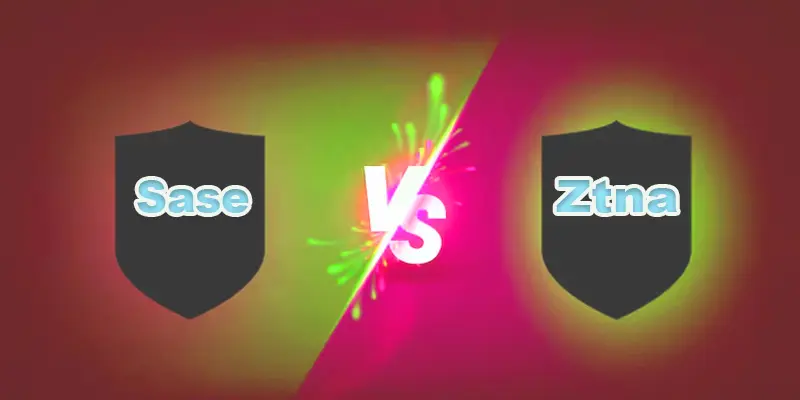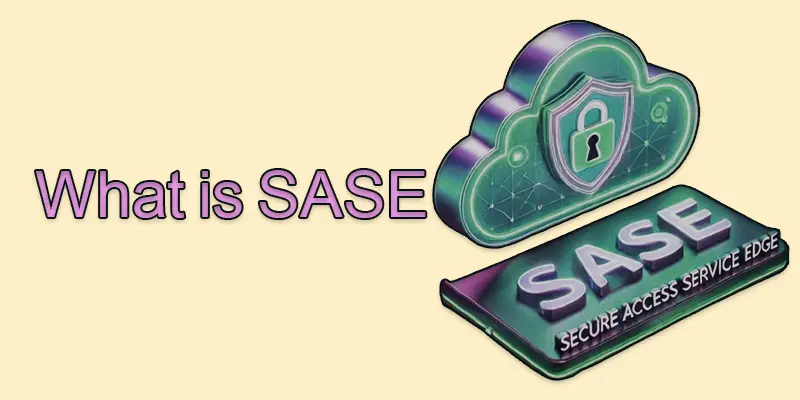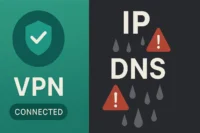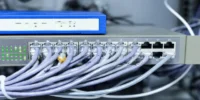SASE vs ZTNA | A Simple Comparison for Better Protection
Published: 16 Feb 2025
ZTNA vs SASE
Did you know that over 80% of organizations now rely on secure access solutions like SASE and ZTNA? But which one is right for your business? If you’re struggling with slow VPN connections, poor cloud performance, or rising cyber security threats, understanding the differences between SASE and ZTNA can help. Let’s clear the confusion and break down these two popular solutions in simple terms so you can make the best choice for your needs.
What is SASE
Network and security services are combined into one solution using the cloud-based framework known as SASE (Secure Access Service Edge). Regardless of location, it guarantees consumers safe, quick, and effective access to apps and data. SD-WAN, CASB, FWaaS, and ZTNA are among the technologies that SASE incorporates.
What is ZTNA
Based on stringent identity verification, ZTNA (Zero Trust Network Access) is a security strategy that offers safe access to data and apps. It works on the tenet of “never trust, always verify,” which lowers the danger of breaches by guaranteeing users may only access what they are permitted to.

Difference Between SASE and ZTNA
SASE combines network and security services for comprehensive protection, while Ztna focuses specifically on secure access to applications based on user verification.
| SASE | ZTNA |
|---|---|
| Integrates network and security services in a cloud model. | Focuses on secure access to specific applications. |
| Provides comprehensive network and security solutions. | Secures remote access based on user verification. |
| Includes firewall, CASB, VPN, ZTNA, and SD-WAN. | Primarily focuses on access control and verification. |
| Combines SD-WAN, CASB, ZTNA, and other security services. | Relies on identity and access management (IAM). |
| Broad, covering both networking and security. | Narrow, focused on secure user access to applications. |
| Provides global access control for users and devices. | Access is restricted to specific apps and services. |
| Cloud-based, often with hybrid or multi-cloud options. | Cloud-based, usually integrated with cloud apps. |
| Improves application performance through SD-WAN. | Ensures secure access without affecting app performance. |
| Highly scalable for large enterprises. | Scalable, but primarily for remote access solutions. |
| Can be more expensive due to the full-service nature. | Typically more affordable for simple access control. |
| Integrates well with cloud services and infrastructure. | Works best with cloud and on-prem applications. |
| Replaces traditional VPN, offering more comprehensive security. | Acts as an alternative to VPNs, but with stronger security measures. |
| Fully cloud-native architecture. | Often integrates with cloud services but can work on-prem. |
| Identity verification is part of ZTNA within SASE. | Identity verification is central to ZTNA. |
| Broad access across a network, not just apps. | Provides granular access control for specific apps. |
| Ideal for enterprises with cloud-first strategies. | Great for securing remote work and application access. |
| Lower risk due to integrated security and network services. | Reduced risk by verifying identity and access. |
| A multinational company uses SASE to secure cloud access for remote employees and branch offices. | A remote worker accesses company resources securely using ZTNA, verifying identity before access. |

Conclusion About ZTNA Meaning
When comparing SASE vs. ZTNA, it’s clear that both play a crucial role in modern cybersecurity. If your organization needs a complete, cloud-based security framework, SASE is the way to go. But if your priority is securing remote access with strict user authentication, ZTNA is a solid choice. I recommend businesses evaluate their security needs and existing infrastructure before deciding. Want to learn more? Explore our in-depth guides to find the best solution for your network security.
FAQS – What SASE Means
ZTNA (Zero Trust Network Access) ensures only authorized users can access specific applications or data. It follows a never trust, always verify approach to improve security.
- User Authentication: Verifies the identity of users.
- Least Privilege Access: Grants access only to what is needed.
- Continuous Monitoring: Checks user activity for security threats.
- Micro-Segmentation: Restricts access to certain areas of the network.
- Secure Access: Uses encryption and security policies to protect data.
ZTNA is used in businesses, remote work environments, and cloud-based applications to secure access to sensitive data and systems.
ZTNA is not created by one company but is based on the Zero Trust model, first introduced by Forester Research and later developed by companies like Google and Gartner.
- Securing remote access: Allows only verified users to access applications.
- Reducing attack risks: Blocks unauthorized users from sensitive data.
ZTNA is better than VPN because it provides more security by verifying users before granting access and limits exposure to the network, reducing cyber threats.

- Be Respectful
- Stay Relevant
- Stay Positive
- True Feedback
- Encourage Discussion
- Avoid Spamming
- No Fake News
- Don't Copy-Paste
- No Personal Attacks

- Be Respectful
- Stay Relevant
- Stay Positive
- True Feedback
- Encourage Discussion
- Avoid Spamming
- No Fake News
- Don't Copy-Paste
- No Personal Attacks





